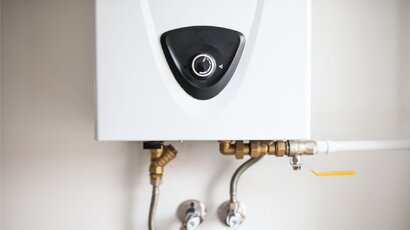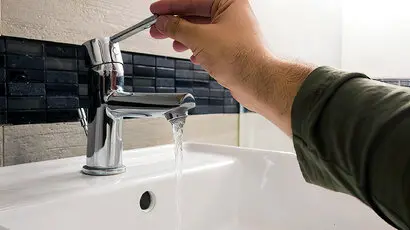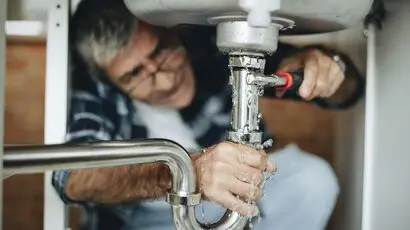How To Solve Common Tap Problems
Discover practical solutions to common tap problems such as leaks, drips, and low water pressure.
From the annoyance of leaks and drips to the frustration of low water pressure, we understand the exasperation these issues can bring. This guide will equip you with practical solutions to tackle these common tap troubles head-on.
Whether you’re a seasoned DIY enthusiast or just dipping your toes into home maintenance, our detailed tips and step-by-step guides aim to help you take charge of your plumbing. You’ll be on your way to a smooth-flowing, leak-free, and efficient water system in no time.
Tap leaks can be a common yet troublesome issue in households. The steady drip wastes water and can lead to increased utility bills and potential damage to fixtures and surfaces. Understanding the causes of tap leaks and learning how to fix them can save you both money and frustration.
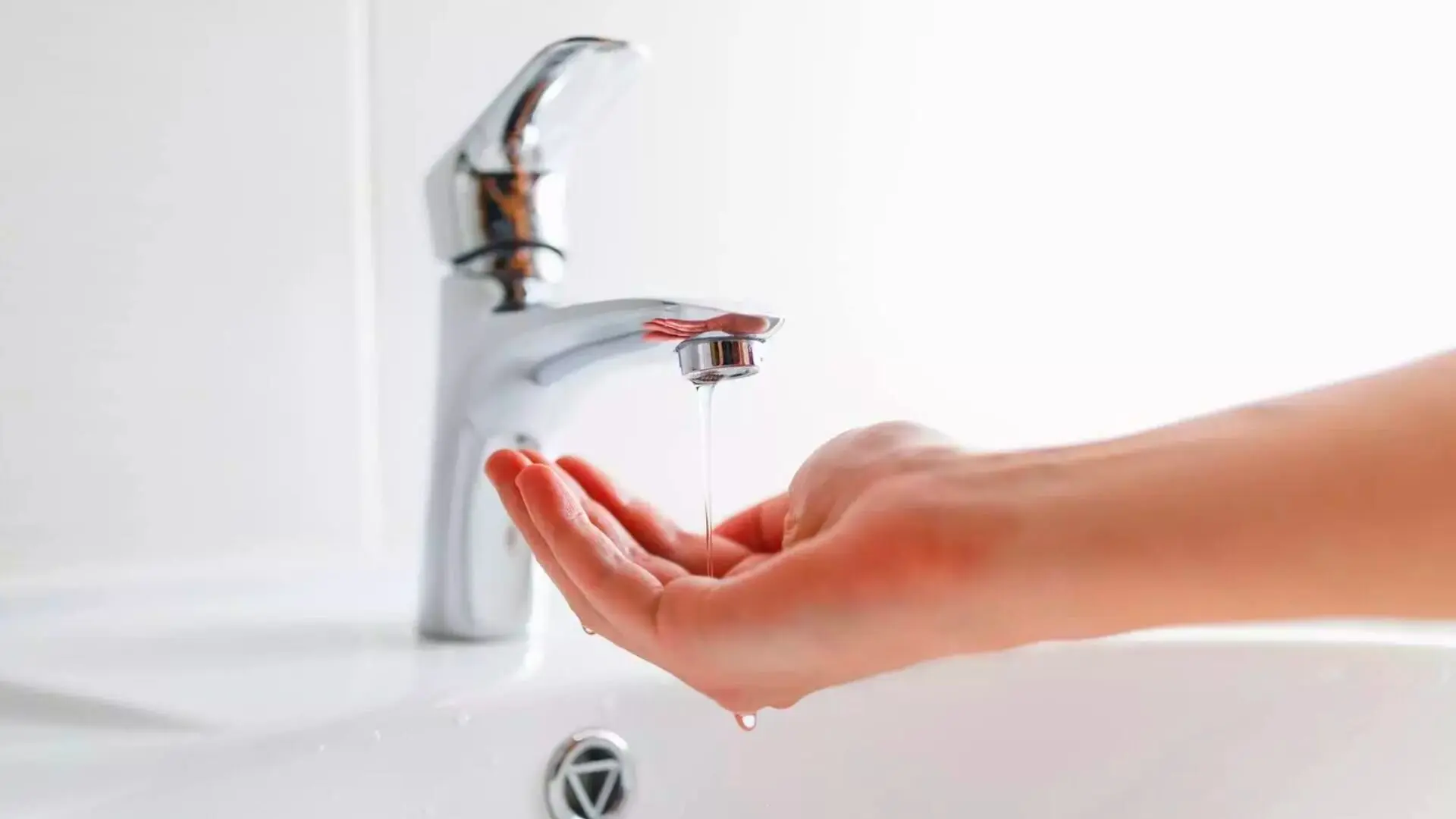
Persistent dripping taps aren’t just annoying—they often point to bigger issues that need fixing. Common culprits include worn-out washers, deteriorated O-rings, or loose parts within the tap mechanism.
Over time, the constant dripping wastes water and can contribute to higher water bills and potential damage to fixtures. To address these persistent drips, it’s crucial to identify the root cause of the problem.
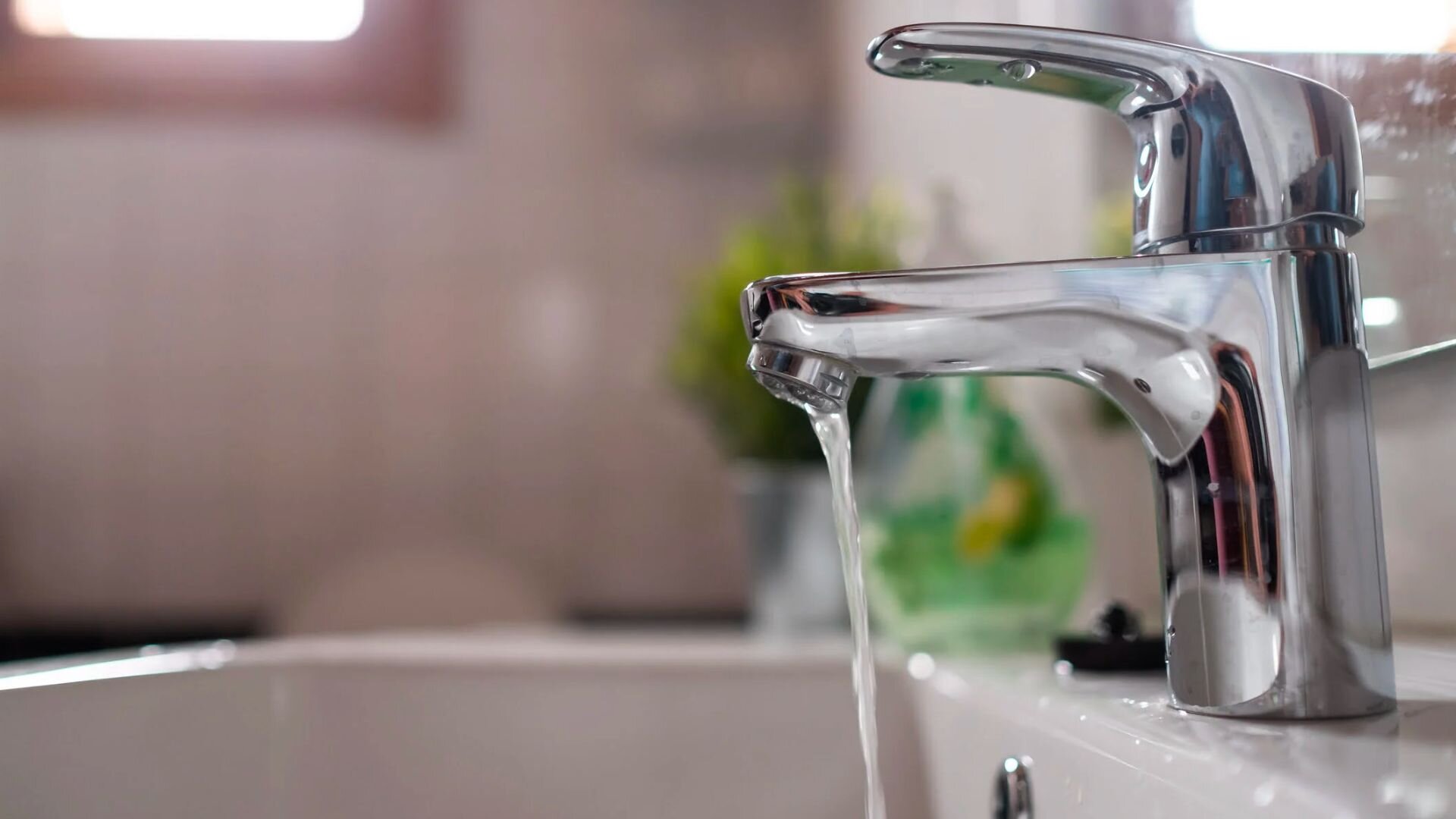
You can often resolve the issue by disassembling the faucet, inspecting its components, and switching out any damaged parts with suitable replacements. If the problem persists or you’re uncomfortable with faucet repair, you should seek assistance from a professional plumber.
Addressing persistent drips promptly saves water and money and ensures the optimal functioning of your plumbing system.
Experiencing low water pressure can be frustrating and disruptive to daily routines. Several factors can contribute to this issue, including mineral build-up in pipes, plumbing leaks, closed or partially closed shut-off valves, and even issues with the municipal water supply.
To tackle low water pressure, start by checking if it’s affecting just one tap or your whole house. If it’s just one spot, a clogged aerator or a faulty fixture might be to blame.
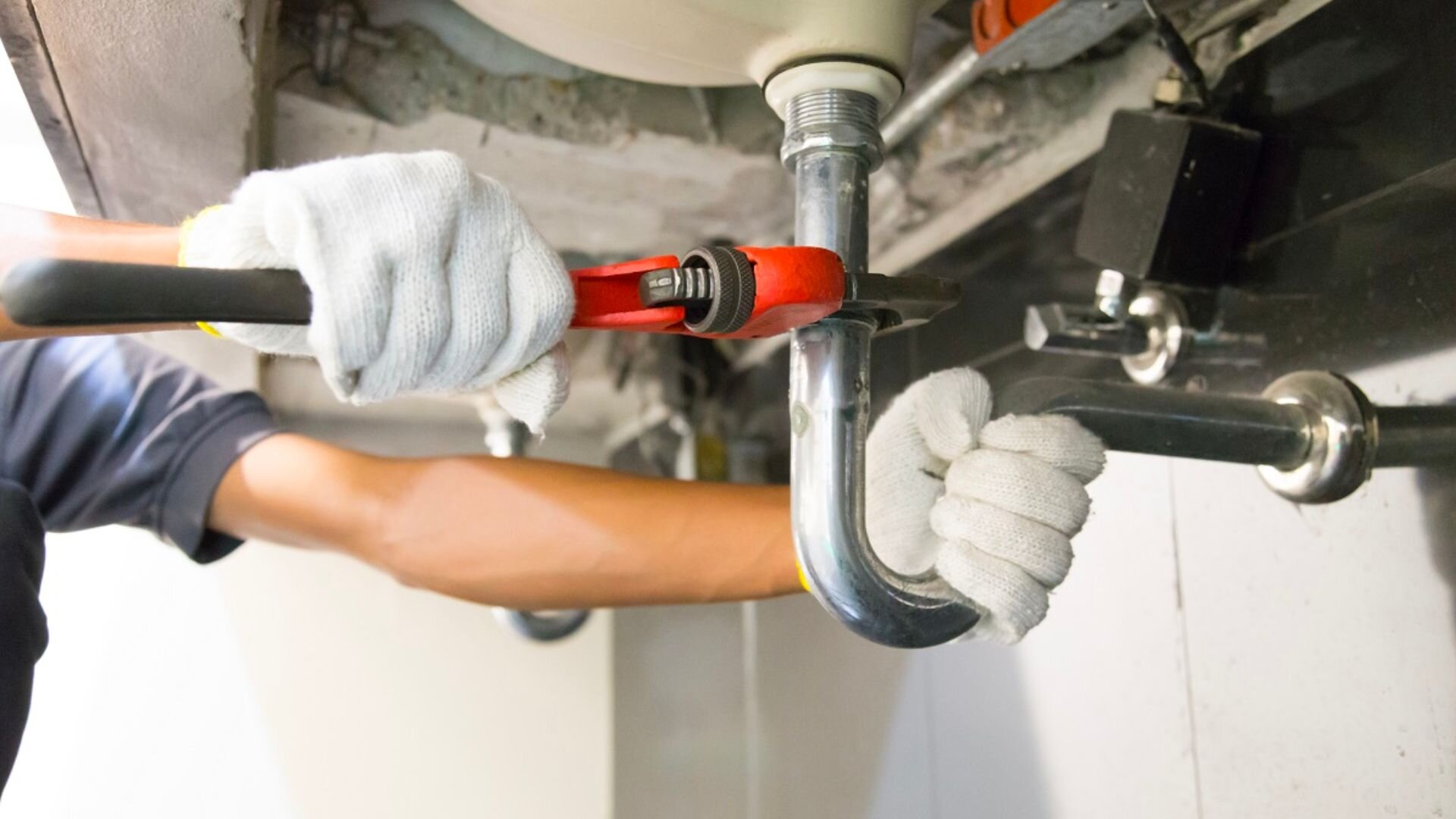
Regular maintenance, such as cleaning aerators and showerheads, can help prevent build-up and maintain water pressure. If low pressure is widespread, consider consulting a professional plumber to inspect your plumbing system for leaks or other underlying problems.
Preventive measures include using water softeners to reduce mineral build-up and ensuring shut-off valves are fully open. By understanding the causes, implementing appropriate solutions, and taking preventive actions, you can restore proper water pressure and enjoy consistent water flow throughout your home.
Dealing with a tap leak can be a nuisance, but there are a few temporary fixes you can try before seeking professional help. If a worn-out washer or O-ring causes the drip, you can try tightening the tap slightly to reduce the water flow.
Placing a cloth or towel around the base of the tap can catch any residual water and prevent it from causing further damage. Another quick fix involves using a plumber’s tape or thread sealant to create a temporary seal around the tap’s threaded components.
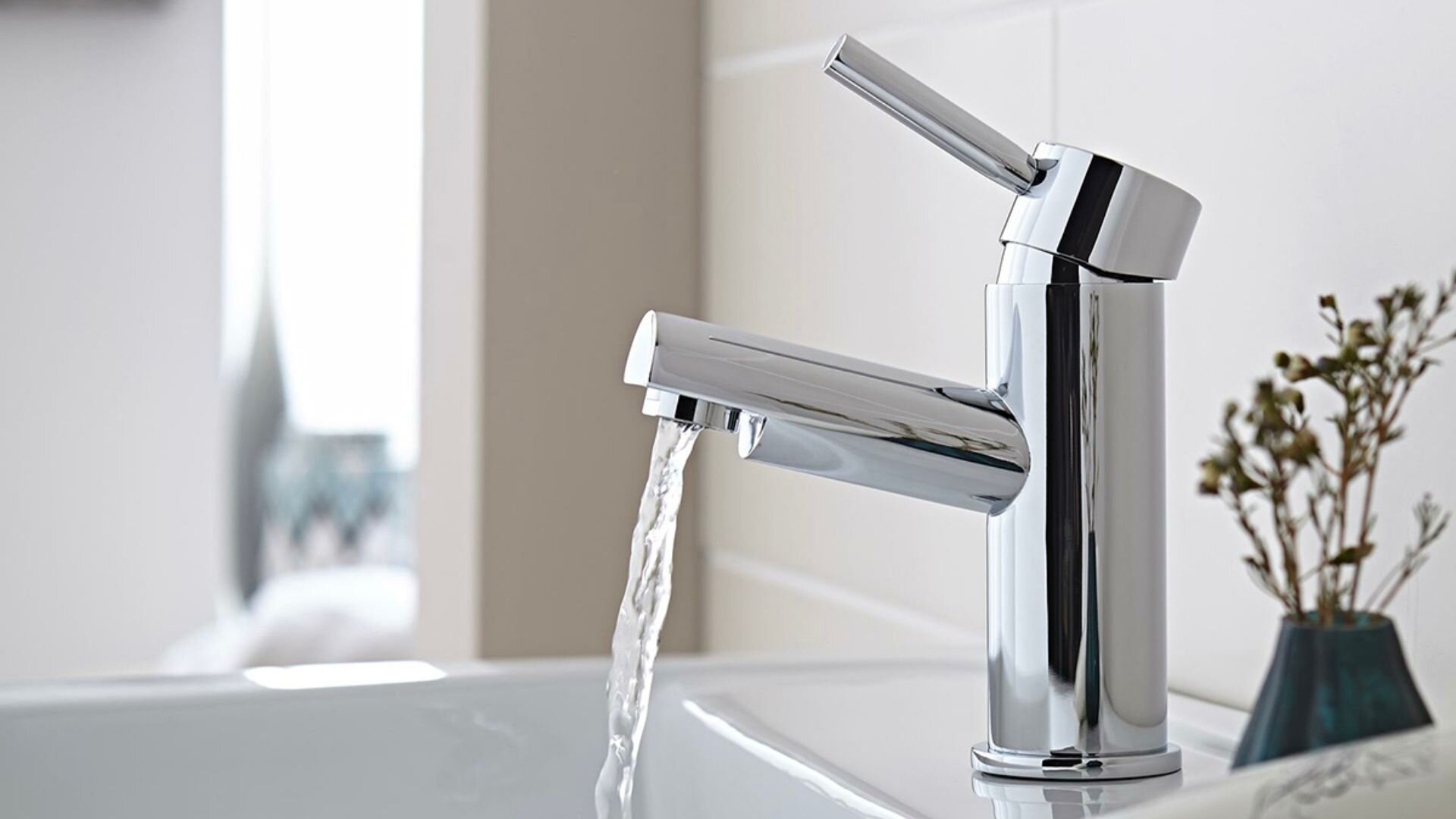
While these solutions may provide short-term relief, it’s important to remember that they are not permanent fixes. If the tap continues to leak or the issue worsens, it’s advisable to contact a licensed plumber.
A professional can accurately diagnose the problem and implement a lasting solution, ensuring that your tap operates smoothly and efficiently in the long run.
When tackling tap repairs independently, having the right tools at your disposal can make the process smoother and more effective. Here’s a list of essential tools you should consider having on hand for DIY tap repairs:
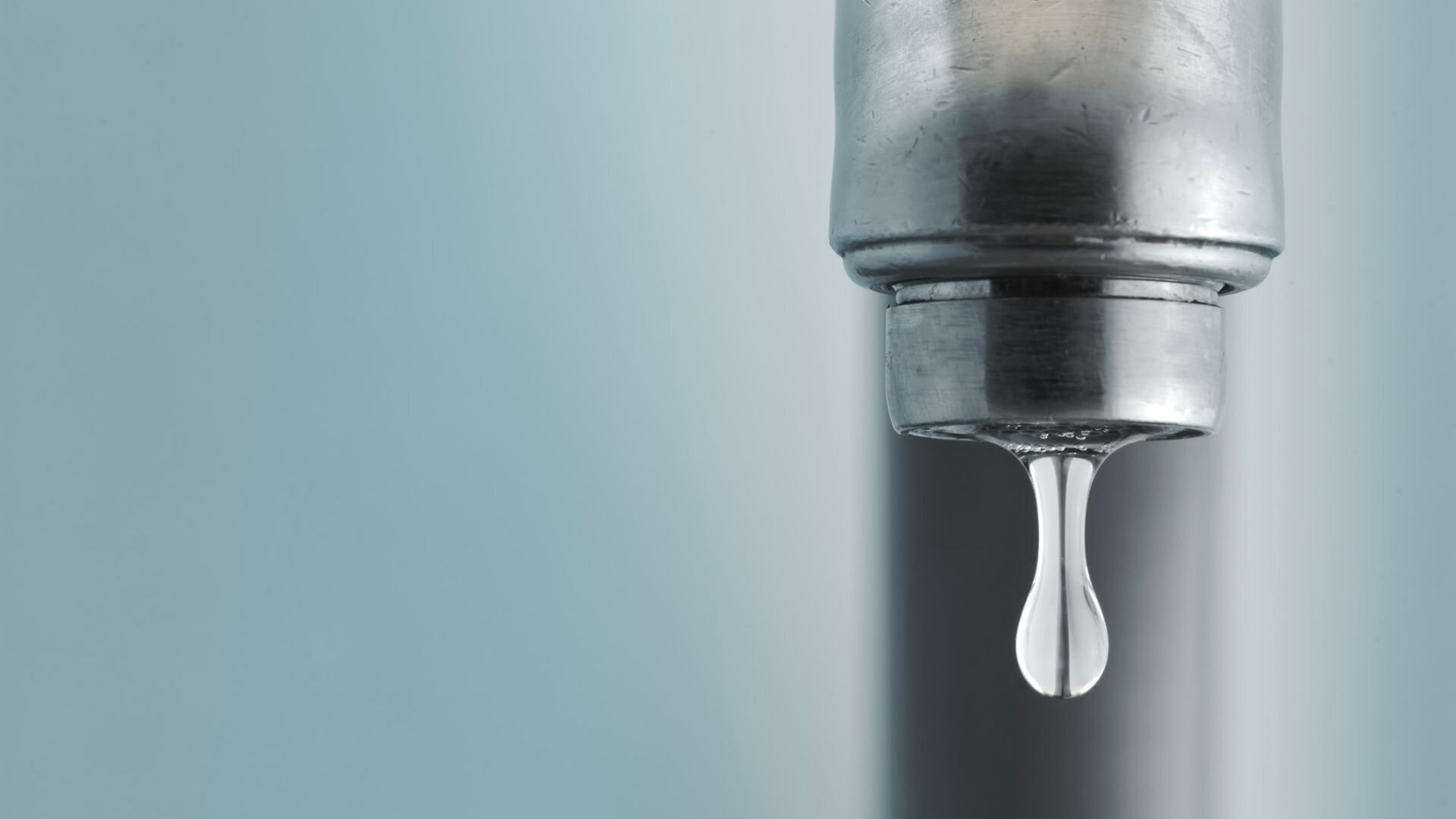
These essential tools are readily available and can empower you to handle minor tap repairs confidently. However, if the issue is complex or persists, call a professional plumber for expert assistance.
Taking proactive steps to prevent tap issues can save you from the inconvenience of leaks and repairs down the line. Here are some preventive measures to help you avoid future tap problems:
Taking on these preventive steps can really lengthen the life of your taps. You’ll save water and dodge the pricey headaches associated with future tap problems.
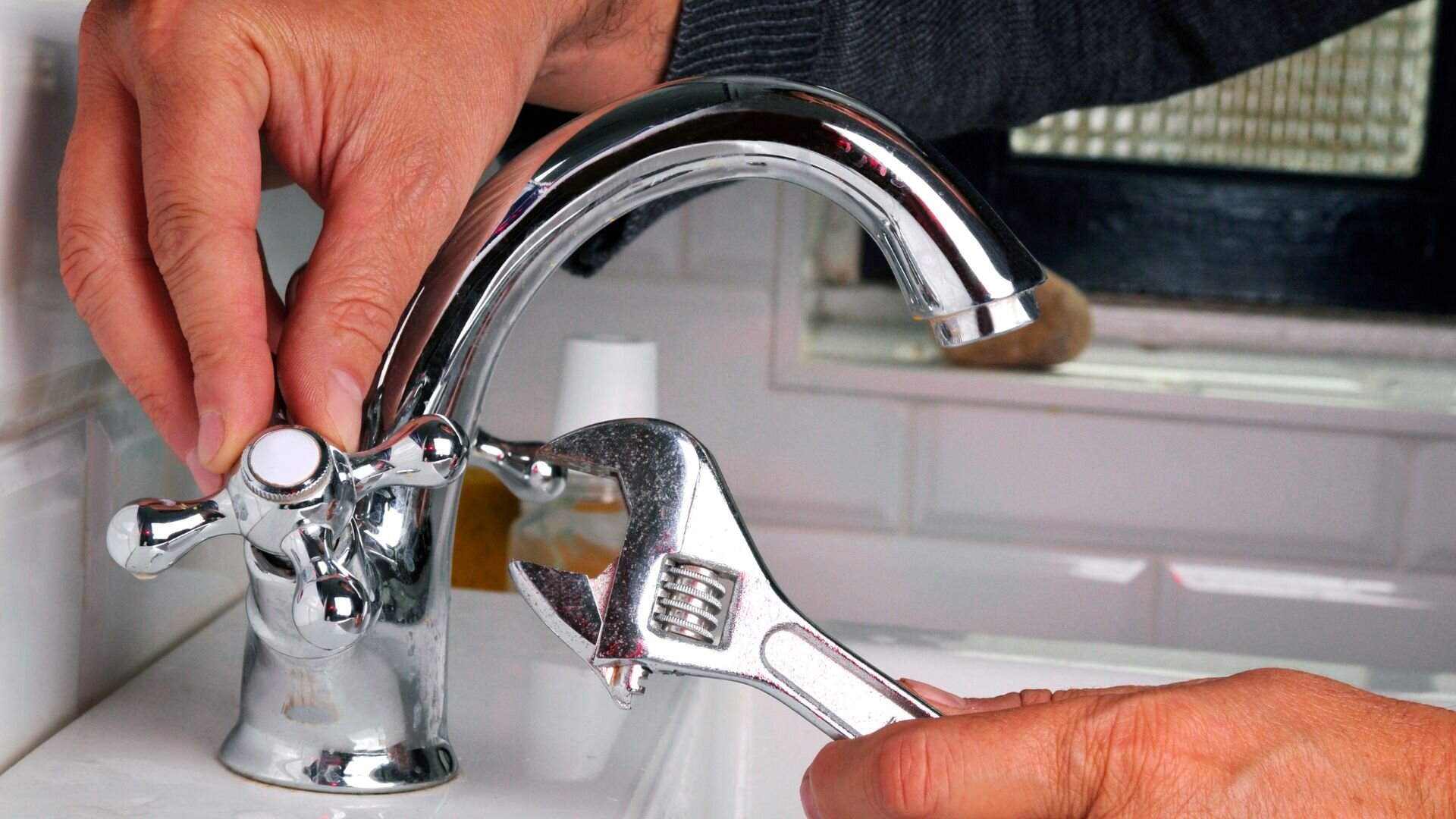
While DIY fixes can address many minor plumbing issues, there are times when it’s best to enlist the expertise of a professional plumber. You should call a plumber if you encounter complex or persistent tap leaks that don’t respond to simple repairs.
Additionally, a professional can ensure the job is done correctly if you lack the necessary tools or experience to tackle tap repairs. Other signs that warrant a plumber’s assistance include sudden drops in water pressure throughout your home, water discolouration, unusual odours or gurgling sounds in drains, and any issues involving your main water line or sewage system.
Attempting to handle these situations alone might lead to further damage and costly repairs. By reaching out to a licensed plumber, you can have peace of mind knowing that your plumbing issues will be resolved effectively and professionally, preventing further complications and ensuring the longevity of your plumbing system.
Among household annoyances, tap problems are a frequent bother that can really disrupt daily life. The upside? You can often tackle these issues on your own with a bit of know-how and the right tools.
This blog covers the basics of solving common tap problems, from fixing leaks and drips to tackling low water pressure. Remember, regular maintenance, gentle handling, and preventive measures go a long way toward keeping your taps functioning smoothly.
However, when the problem seems too complex, or you’re facing persistent issues, it’s always wise to seek professional help. At WP Plumbing, we understand the importance of a well-functioning plumbing system, and our expert plumbers are just a call away.
If you’re unsure about the extent of the problem or need assistance with tap repairs, don’t hesitate to contact us. Our team has the skills and experience to diagnose and address your plumbing concerns efficiently and effectively.
Your satisfaction and the integrity of your plumbing system are our top priorities. So, for all your tap and plumbing needs, contact WP Plumbing—your reliable partner in maintaining a hassle-free home.
Facing issues with your instantaneous hot water system? Learn how to identify and resolve common problems quickly to ensure a steady hot water supply.
Are you wondering about the common causes of low water pressure in the house? Follow our guide as we discuss how you can identify the cause of our water pressure issue.
From dripping faucets to water leaks, residential plumbing problems can disrupt your daily life. This blog offers practical solutions to common plumbing issues, helping you troubleshoot problems and implement effective repairs.
